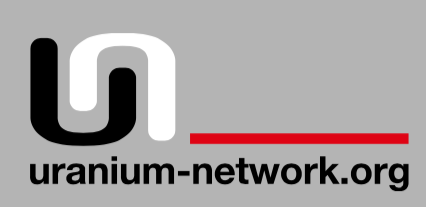The impact of uranium mining on indigenous communities
by Winona LaDuke
Published in the January/February 2009 issue of Orion magazine
IN A DINE CREATION STORY, the people were given a choice of two yellow powders. They chose the yellow dust of corn pollen, and were instructed to leave the other yellow powder—uranium—in the soil and never to dig it up. If it were taken from the ground, they were told, a great evil would come.
The evil came. Over one thousand uranium mines gouged the earth in the Dine Bikeyah, the land of the Navajo, during a thirty-year period beginning in the 1950s. It was the lethal nature of uranium mining that led the industry to the isolated lands of Native America. By the mid-1970s, there were 380 uranium leases on native land and only 4 on public or acquired lands. At that time, the industry and government were fully aware of the health impacts of uranium mining on workers, their families, and the land upon which their descendants would come to live. Unfortunately, few Navajo uranium miners were told of the risks. In the 1960s, the Department of Labor even provided the Kerr-McGee Corporation with support for hiring Navajo uranium miners, who were paid $1.62 an hour to work underground in the mine shafts with little or no ventilation.
